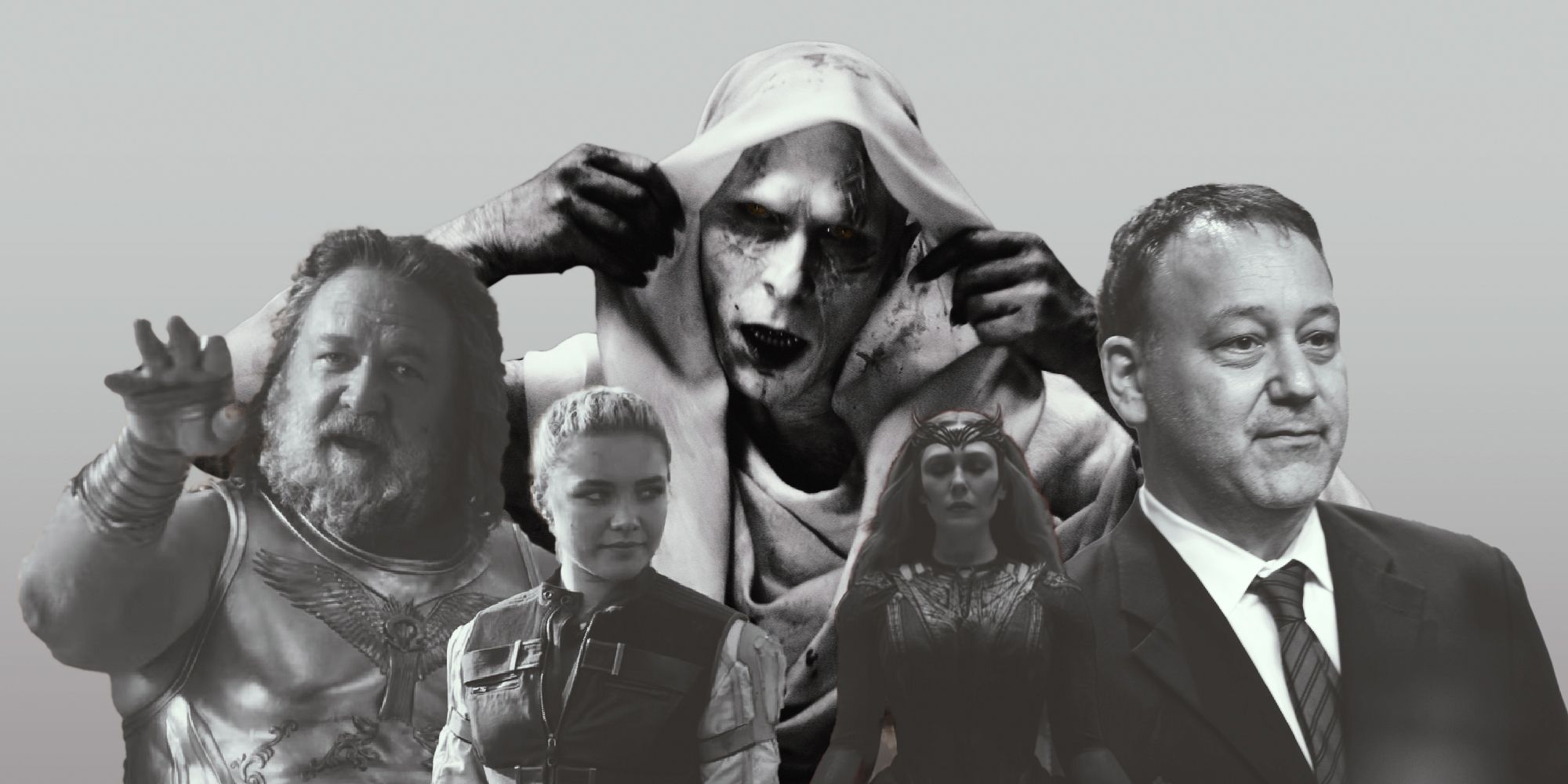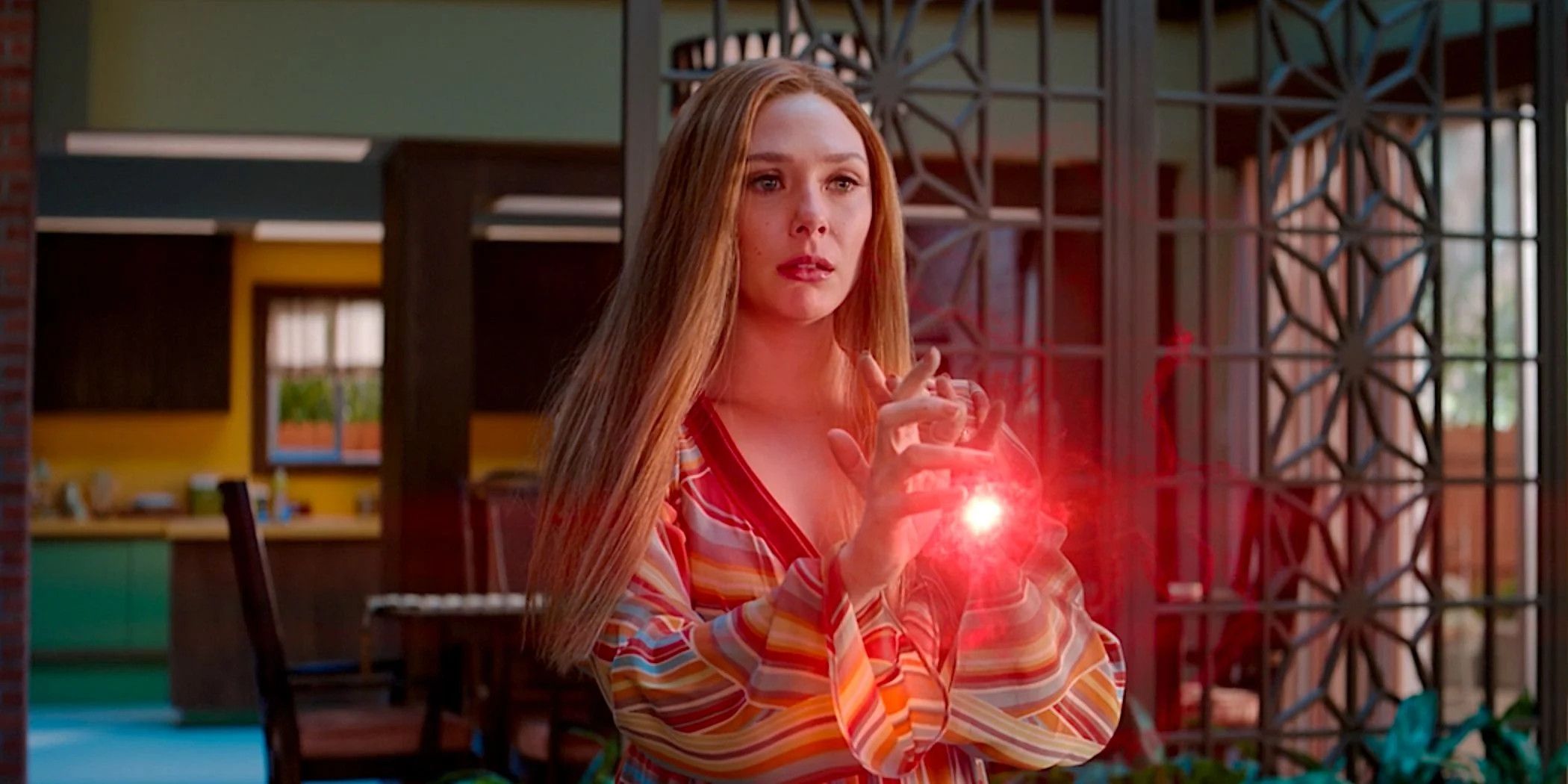For the first decade of the Marvel Cinematic Universe, it was always an open question how well it would handle the growing pains of scaling up. Every few years the scale and cast of characters got bumped up for progressively larger outings. From the moment Nick Fury showed up at the end of Iron Man, Marvel had indicated where this was all going: The Avengers Initiative. Could a movie at that scale work? Could Marvel successfully assemble Iron Man, Black Widow, Captain America, Thor, The Hulk, and Hawkeye into one movie? Could one movie take the quippy tone of the Iron Man flicks and the star-spangled earnestness of Captain America and get them to convincingly coexist? And how would a movie with six heroes manage to keep all those plates spinning?
At this point, those questions seem a little quaint. The Avengers was a massive critical and commercial success. Avengers: Age of Ultron expanded the cast, Captain America: Civil War expanded it further, and Avengers: Infinity War and Endgame had casts so sprawling that their fight scenes resembled the titular war, more than the carefully choreographed battles of earlier superhero movies like Spider-Man 2. Before Infinity War, I remember thinking that it would all be too much; that the Russo Brothers couldn't possibly bring all those characters, established in different movies with different writers and directors, together into a coherent climax.
But they did. Until Eternals, every single MCU movie was certified Fresh on Rotten Tomatoes and grossed astonishingly large amounts of money. They increased in size incrementally enough that the gradual swell to Infinity War's improbable bigness was basically without incident.
By contrast, the MCU has had a much tougher time scaling back down. In a post-Endgame world, Marvel has introduced moviegoers and Disney+ subscribers to a cornucopia of new characters. Shang-Chi, Ms. Marvel, Moon Knight, The Eternals, and Kate Bishop have starred in their own properties, taking the universe in a wide variety of different directions. In Phase Four, Kevin Feige and co. have introduced us to the MCU's take on the "multiverse," in essence, expanding the world to include every possible timeline. But, the effect has been to make the MCU feel thinner, more diffused. When John Krasinski showed up as an alternate dimension's Mr. Fantastic in Doctor Strange in the Multiverse of Madness, only to get wiped out minutes later by a rampaging Wanda Maximoff, it was difficult not to feel like none of this matters quite as much anymore. In a world where infinite universes exist, where characters can come back from the dead at any moment simply by stepping out of a portal, it's hard to feel like anything is ever set in stone. And if nothing can really last, then how can it really matter?
At this nihilistic stage, I've found myself enjoying the aspects of this unwieldy, lumbering cinematic project that are most clearly the products of an individual creative’s choices. When I saw Thor: Love and Thunder over the weekend, I didn't think it was particularly good. But, I did enjoy the range that Christian Bale brought to his turn as Gorr, The God Butcher, a performance that manages to believably establish continuity between the father we meet in the prologue who is desperately begging his god to save his daughter's life, and the pasty villain we meet later on in the film, who is kidnapping and tormenting children. Love and Thunder is filled to bursting with quips that mostly miss the mark, so Russell Crowe's scene-stealing take on Zeus refreshingly brings real fun to a movie that is mostly ‘fun.’
In Black Widow and Spider-Man: No Way Home, too, it was the performances that stood out. Florence Pugh is terrific as Yelena, who hilariously mocks her big sister's penchant for the three-point landing. In Spider-Man: No Way Home, Andrew Garfield and Tobey Maguire bring lived-in warmth to a movie that, at its worst, highlights the way the ‘multiverse’ is just an in-fiction way to accomplish large-scale brand synergy. There have been other good performances, too (and there really should be when this machine can afford to pay just about any star’s salary). Oscar Isaac, Ethan Hawke, and May Calamawy made Moon Knight watchable. And Elizabeth Olsen, Katharyn Hahn, and Paul Bettany helped WandaVision’s extremely high concept premise work. (I haven’t seen Ms. Marvel, Hawkeye, What If?, or Eternals yet, but I’m sure there are worthwhile performances in each).
Doctor Strange in the Multiverse of Madness is a movie that feels at war with itself, as the MCU machinery which must churn out fan service and big, flashing arrows pointing at what's coming next for the franchise uneasily coexists with some brilliantly campy gore that feels like director Sam Raimi's Evil Dead II, but at a $200 million budget. It ultimately has to function as a cog in the MCU machine, but Raimi makes it the most fun a cog in the MCU machine has been in a long time.
The movies in Phase 4 haven’t been especially great. But, there have been great moments in each of them, when touches of humanity are allowed to shine through. Actors and directors can bring creativity to the MCU. And, as the universe continues to meander en route to a bigger story, Feige would do well to let individual creators continue to push against its boundaries.


.jpg)
